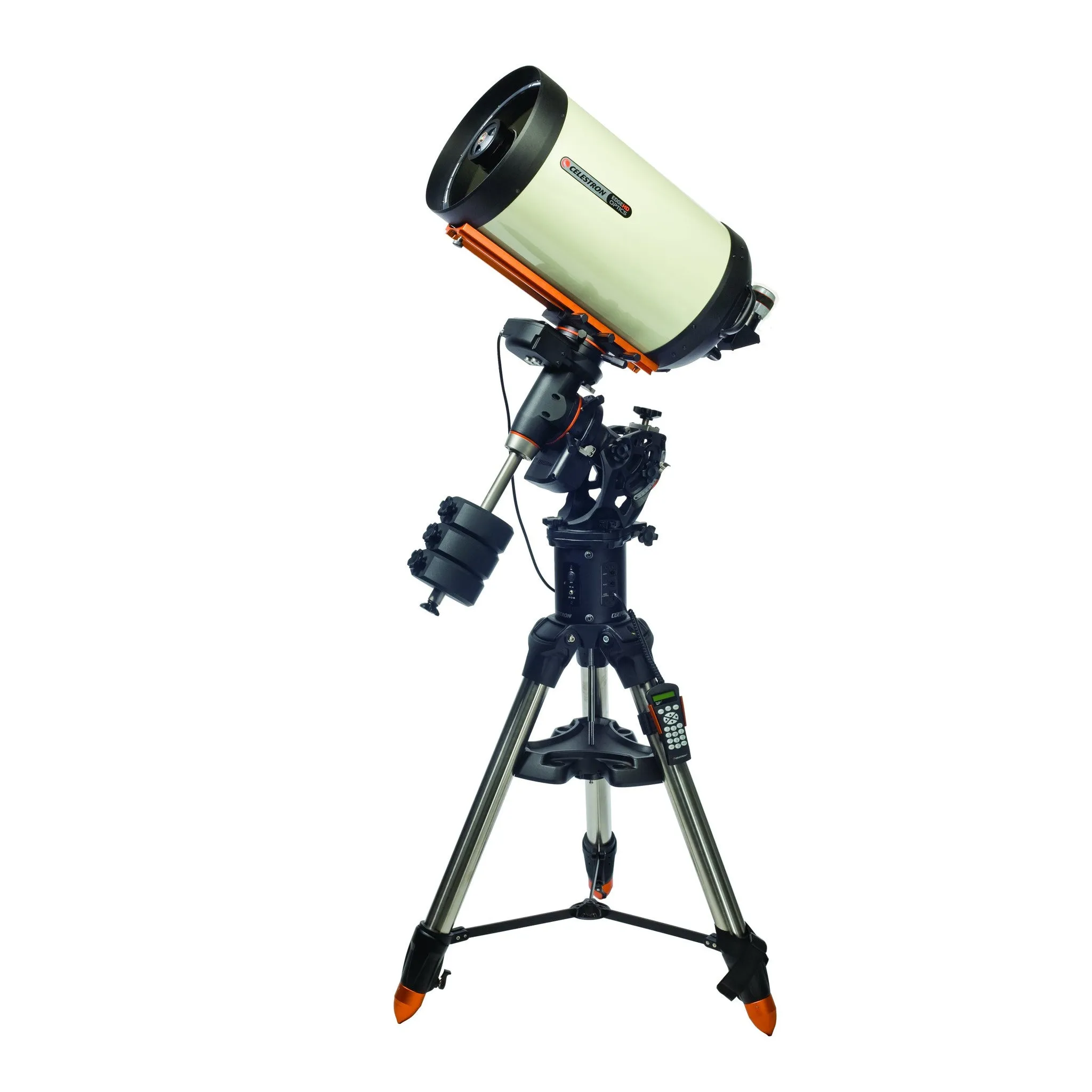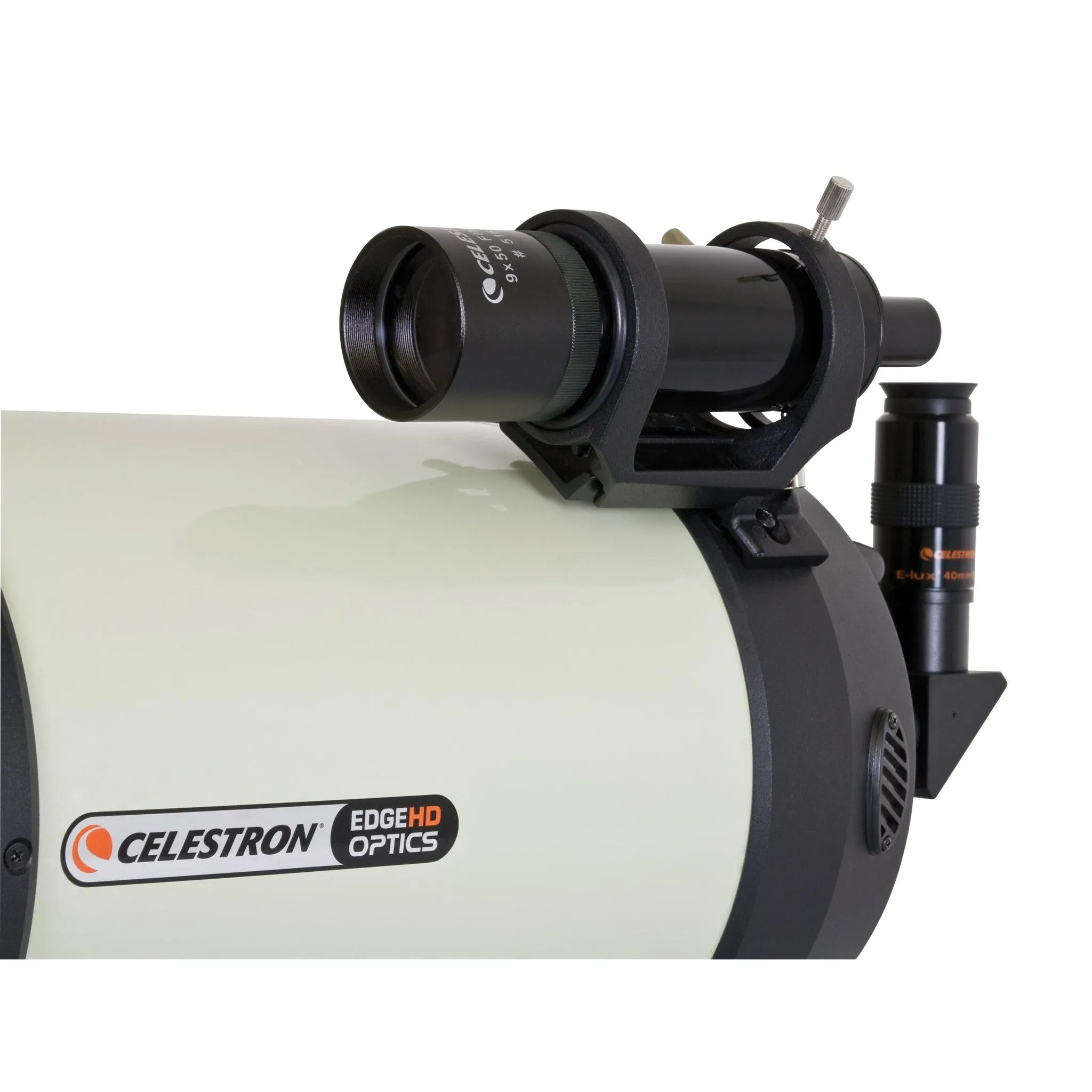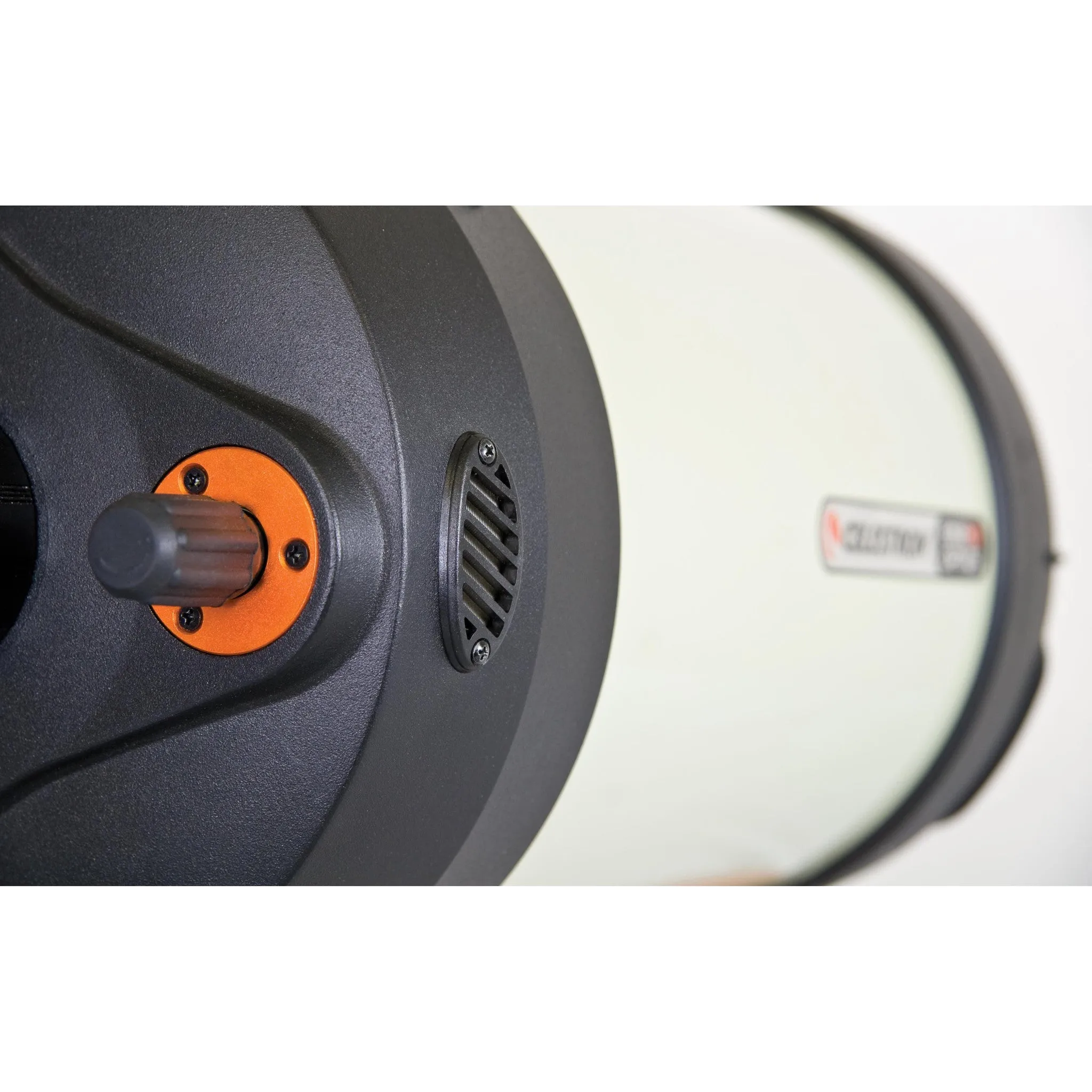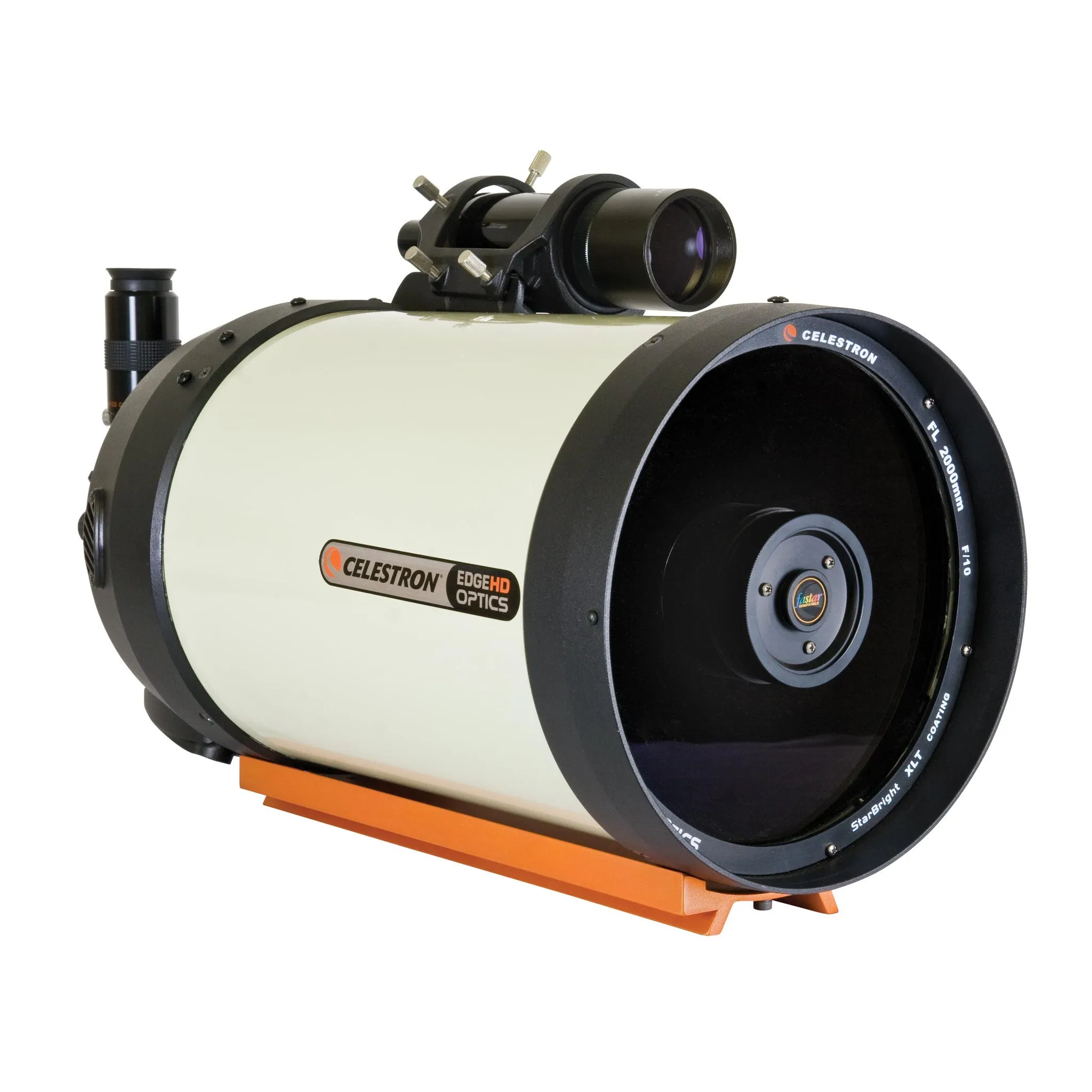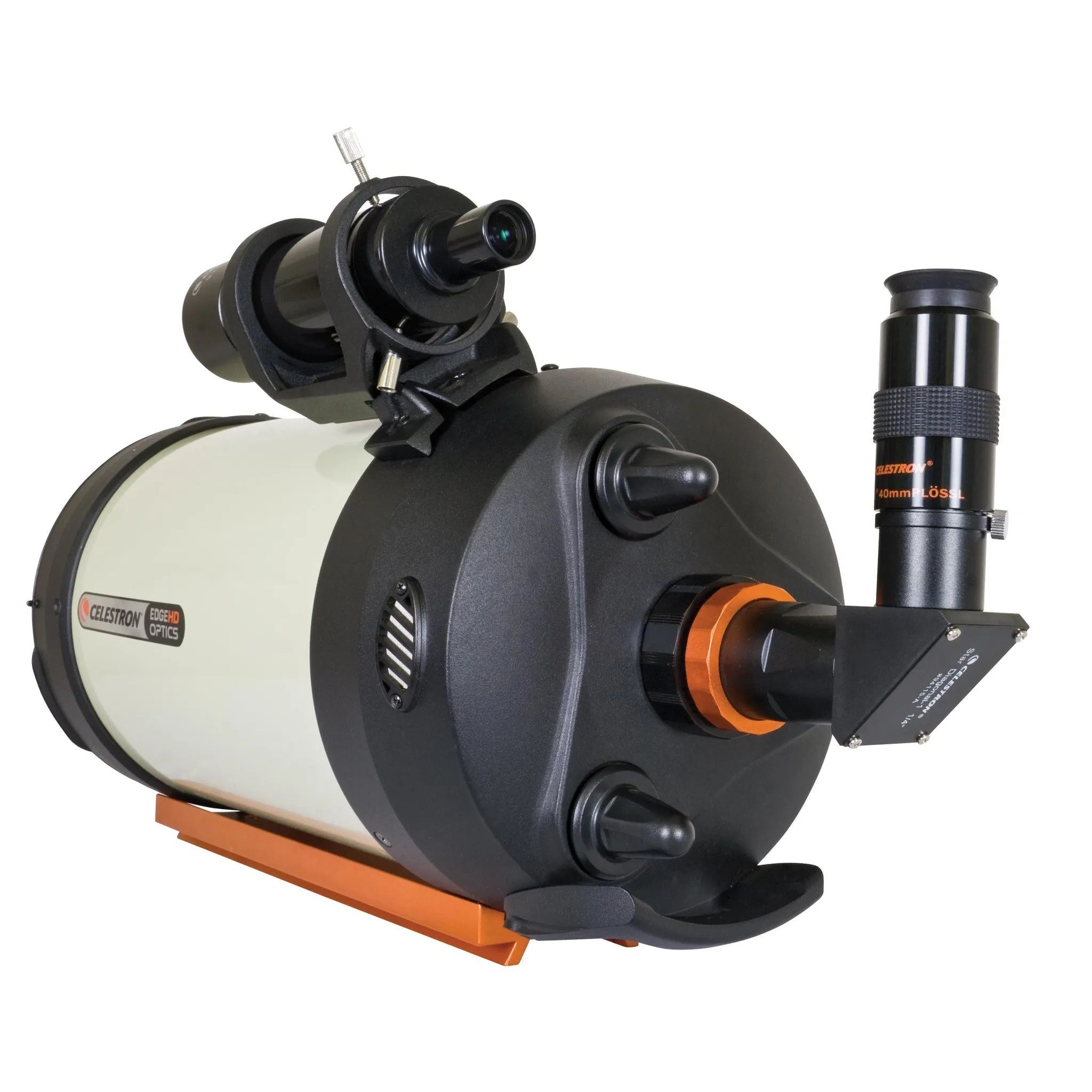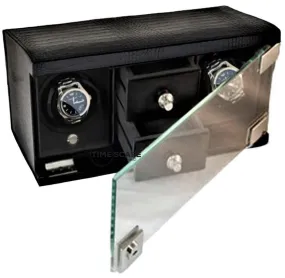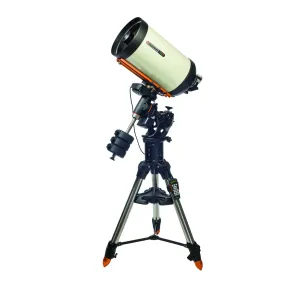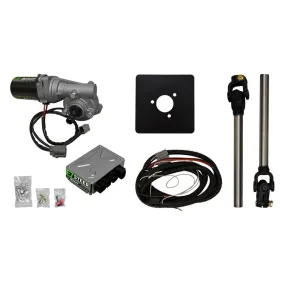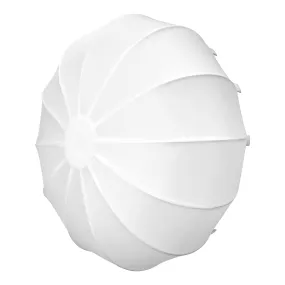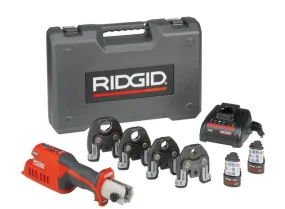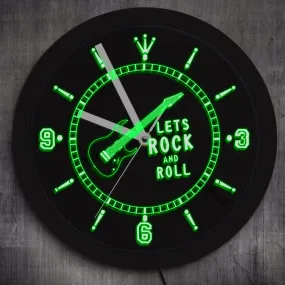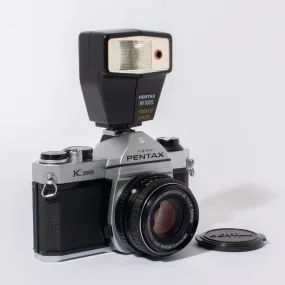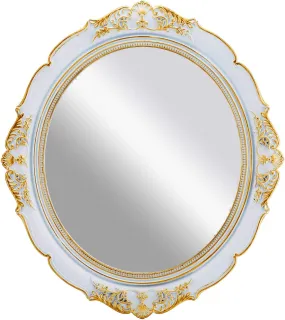The CGE Pro 1400 HD combines Celestron's state of the art CGE Pro Computerized Equatorial mount with its new EdgeHD optical system. With more than 60% more light gathering power than the 11" telescope, this observatory-class instrument is Celestron’s largest optical system in its class.
Featuring our premium StarBright XLT coatings, this telescope is especially at home as a solid platform for long exposure photography with optional CCD cameras or photographic equipment; it is a serious scientific research tool. German Equatorial mounts are recognized as being the superior choice for astrophotography because of their rock solid stability, simple balancing and easy accessibility for attaching equipment. With sophisticated software features like the Hibernate function, the CGE Pro can maintain its star alignment night after night without needing to be re-aligned, making it an ideal instrument for a permanent observatory facility
Celestron's New Optical Design
The Celestron EdgeHD optical system takes all of the compact power popularized by the Schmidt Cassegrain Telescope (SCT) and combines it with an improved high definition optical system for wide field, astrograph quality images.
As a visual instrument Celestron EdgeHD optics deliver pinpoint images even with your widest field eyepiece. You can search for all of the Messier Catalog objects, and see hundreds of other equally interesting NGC, IC and Caldwell objects with amazing clarity. For astroimaging, the EdgeHD optics produce aberration-free images across your favorite CCD or DSLR camera. All EdgeHD optics are designed to produce an extremely flat focal plane precise enough to match the strict tolerances of the largest commercial ccd detectors, allowing all stars to be in tight focus to the very edge of the chip.
Diffraction Limited
Some companies boast that their telescopes give diffraction limited stars in the very center of the field of view. EdgeHD optics not only produce diffraction limited stars on axis, but maintain diffraction limited stars across the entire field of view of many of the most popular astrophotography cameras. Even at the very edge of a full frame camera chip, the EdgeHD 14 delivers diffraction limited stars of only 1 arc second!
Along with the newly designed optics, the EdgeHD also has re-designed mechanics guaranteed to help you get the maximum performance from your instrument
Features Include:
Mirror Locks – To hold the mirror in place and reduce image shift during imaging.
Tube Vents - Each vent has an integrated 60 micron micro-mesh filter allowing hot air to be released from behind the primary mirror.
Fastar Versatility – All EdgeHD optical tubes are equipped with a removable secondary mirror for fast f/2 ccd imaging. Not only does imaging in the FASTAR configuration allow for exposure times that are 25 times faster than at f/10, but also yields a field of view five times wider. A perfect combination for imaging your favorite wide field objects in a fraction of the time. (FASTAR imaging requires a third party lens assembly in place of the secondary mirror).
Axiom Eyepiece - EdgeHD 14" optical tubes come with Celestron's top of the line Axiom eyepiece. With a 23mm focal length and 82° AFOV you get an incredible combination of power and wide field of view. Plus each Axiom eyepiece is optimized to deliver pinpoint images when used with a flat field telescope.
CGE PRO Mount
In addition to being fully computerized with a database of over 40,000 celestial objects, the CGE Pro German Equatorial mount has been completely redesigned to offer numerous design advantages:
Increased Payload Capacity - With a maximum payload of 90lbs the CGE Pro mount is able to hold the 14" telescope more securely even when fully loaded with all your imaging gear.
All-Star Polar Alignment - Choose any bright alignment star for a software assisted alignment of the mounts polar axis that will have you ready for imaging even if you can't see the North Star.
No-Tool Polar Alignment - Larger hand knobs for both Altitude and Azimuth adjustments.
Meridian Tracking - Extended tracking past the Meridian of up to 20 degrees of uninterrupted imaging through the best part of the sky.
Faster Slew Speed - Improved gearing and motors provide faster slew speeds than ever before with a maximum slew rate of over 5°/per second.
Accuracy - The hallmark of any telescope mount is its ability to find, center and track celestial objects with the highest degree of accuracy.
Pointing - With just a standard hand control alignment, CGE Pro has the ability to center a star in your eyepiece or ccd chip to within 5 arc minutes. Using NexStar's advanced pointing features such as Calibration Stars, Sync and Precise GoTo, further improves the pointing accuracy to as low as 1 arc minute in the desired region of the sky.
Tracking - With larger .75" pitch diameter worm, precision made cut-steel gears in gearboxes, and seven slot skewed armature motors the CGE Pro delivers typical tracking performance of -9 arc seconds, which can be further reduced with the mounts permanent periodic error correction (PPEC).
Celestron CGE PRO 14 HD - General Features
- 14" EdgeHD Optics
- Celestron premium StarBright XLT coatings
- CGE PRO computerized Equatorial mount
- 9x50 finderscope with quick release bracket to help accurately find objects
- 2" Star diagonal provides more comfortable viewing position when observing objects that are high in the sky
- Heavy duty stainless steel tripod adjustable from 38 - 55"
Celestron CGE PRO 14 HD - HD Features
- New aplanatic Schmidt telescope design produces aberration-free images across a wide field of view
- Focus adjustment is supported by two pre-loaded ball bearings to minimize the "mirror flop" typical of bushing focus mechanisms
- Flexible tension mirror locks hold the mirror in place and reduces image shift
- Cooling vents located on the rear cell allows warm air to be released from behind the primary mirror.
- Fastar ready optics for ultra wide f/2 imaging
Celestron CGE PRO 14 HD - Computerized Mount Features
- Proven NexStar computer control technology
- 40,000 object database with over 100 user-definable objects and expanded information on over 200 objects
- New All-Star Polar Alignment routine for both Northern and Southern Hemispheres.
- Software Features include: Database Filter Limits, Hibernate, five alignment methods and user-defined slew limits.
- Flash upgradeable hand control software and motor control units for downloading product updates over the Internet
- Custom database lists of all the most famous deep-sky objects by name and catalog number; the most beautiful double, triple and quadruple stars; variable star; solar systems; objects and asterisms
- Double line, 16-character Liquid Crystal Display Hand Control with backlit LED buttons for easy operation of goto features
- 12VDC Servo Motors with integrated optical encoders
- Permanent programmable periodic error correction (PEC) - corrects for periodic tracking errors inherent to all worm drives
- Drive Motors - High quality motors with seven slot skewed armature to minimize magnetic cogging for quiet operation and long life. Precision made cut-steel gears in gearbox for Improve tracking precision.
- Bearing and Shaft - Main shafts are made from 1.57" diameter steel tubing with .40" wall thickness with two preloaded 2.68" O.D. tapered roller bearings on each axes
- Precision worm drive system - .75" pitch dia. precision made steel worm preloaded with two .87" OD ball bearings to minimize run-out (a source of periodic error). 255 tooth 6" pitch dia. precision made worm wheel with enveloping brass teeth
- Spring loaded DEC worm to minimize backlash and makes guiding easy.
- 4 point RA and DEC clutch system for no-slip pointing precision
- Autoguide port, PC port and auxiliary ports located on the electronic pier for long exposure astrophotography
- Latitude range: 10° to 65° northern or southern hemispheres
- RS-232 communication port on hand control to control the telescope via a personal computer
- Includes NexRemote telescope control software, for advanced control of your telescope via computer
Celestron All-Star Polar Alignment Technology
All-Star Polar Alignment Technology
German Equatorial Mounts (GEM) have long since been recognized as the mount of choice for astrophotography. Needing to track in only one axis for long exposures; adjustable counterweights and tube position for perfect balance, the GEM has few short comings when it comes to imaging. In order to do long-exposure astro-imaging, an equatorially aligned telescope is needed to allow your telescope to properly track the motion of the sky. However accurate tracking still depends on an accurate polar alignment. Even with a visible star very near the North Celestial Pole (NCP), the true celestial pole can be a very elusive place to find without assistance.
Now select Celestron mounts can utilize a new innovative Polar alignment procedure called All-Star™. All-Star allows users to choose any bright star, while the software calculates and assists with polar alignment.
Here's how it works.
Once your telescope is aligned with two bright star, All-Star allows you to choose any bright star listed in the NexStar hand control to assist in accurately aligning your telescope's mount with the North Celestial Pole. Using the telescope's Sync function, the mount is able to point and center a bright star with a high degree of accuracy. Once centered, the mount will point the telescope to the exact position that the star should be if the mount were precisely polar aligned. By simply adjusting the mounts altitude and azimuth controls to re-center the star in the center of the eyepiece, you are actually moving the mounts polar axis to the exact position of the North Celestial Pole.
FAQ
Can I use Polaris to polar align my telescope?
Since Polaris is very close to the NCP and not very bright, it is actually not a recommended star for the "All-Star" method. The advantages of being able to use stars other than Polaris are two fold:
Polaris is not always visible. So not only can you use a variety of other stars but they are also brighter and more prominent.
The star you choose will be farther away from the NCP thus allowing for greater accuracy when centering the star in your eyepiece.
Which stars are best to use for polar aligning?
For best results choose a bright alignment star that is near the Meridian, preferably close to the celestial equator. Try to avoid stars that are close to the west/east horizon or directly overhead because they can be more difficult to center using the mount's altitude and azimuth controls. Also stars too near the celestial pole are less accurate than those further away.
Will I lose my alignment after I polar align?
No, the mount will retain its alignment but some amount of accuracy may be compromised depending on how much the mount has been moved during polar alignment. Although the telscopes tracking may be very good, pointing accuracy may need to be improved, especially if you are trying to located small objects on a ccd chip.
What are the steps to polar align my telescope using "All-Star" polar alignment?
- Align the telescope with the sky using the "Two-Star Alignment" method.
- Select a suitable bright star from the Hand Control's database and slew the telescope to the star.
- Press the Align button and select Polar Align => Align Mount from the list.
- The telescope will then re-slew to the alignment star and ask you to center it in the eyepiece in order to "Sync" on the star.
- The telescope will slew to the position that the star should be if it were accurately polar aligned.
- Use the mounts altitude and azimuth adjustments to place the star in the center of the eyepiece and press the Align button.
- Update the telescope's star alignment if necessary.




